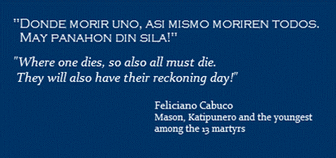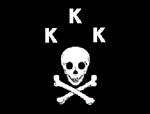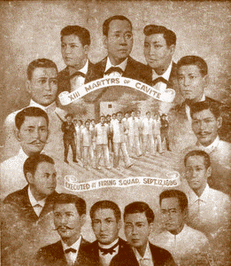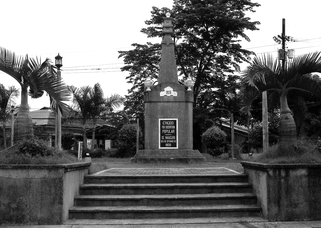___________________________________________________________________________________________________________________
Sources:
Alvarez, Santiago V. The Katipunan and the Revolution, Memoirs of a General. Trans by Paula Carolina S.Malay. Quezon City: Ateneo de Manila University Press, 1992
Calairo, Emmanuel; Noveleta Bayan ng Magdiwang. Cavite Historical Society, 2000
IGLPI Journal No 1. Independent Grand Lodge of Free & Accepted Masons of the Philippine Islands; November 2008
Sources:
Alvarez, Santiago V. The Katipunan and the Revolution, Memoirs of a General. Trans by Paula Carolina S.Malay. Quezon City: Ateneo de Manila University Press, 1992
Calairo, Emmanuel; Noveleta Bayan ng Magdiwang. Cavite Historical Society, 2000
IGLPI Journal No 1. Independent Grand Lodge of Free & Accepted Masons of the Philippine Islands; November 2008



